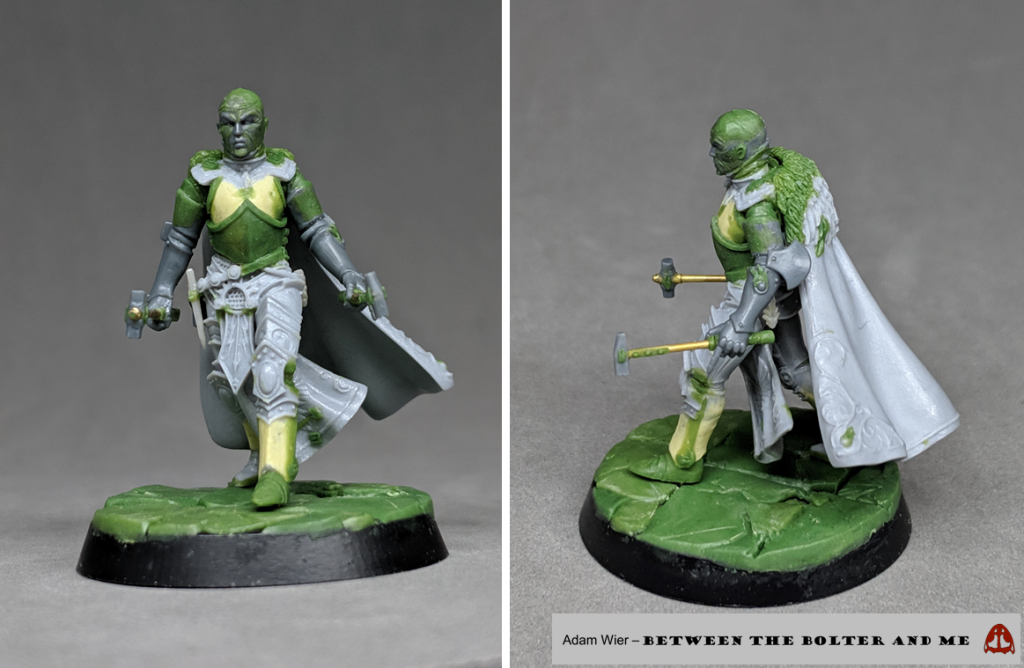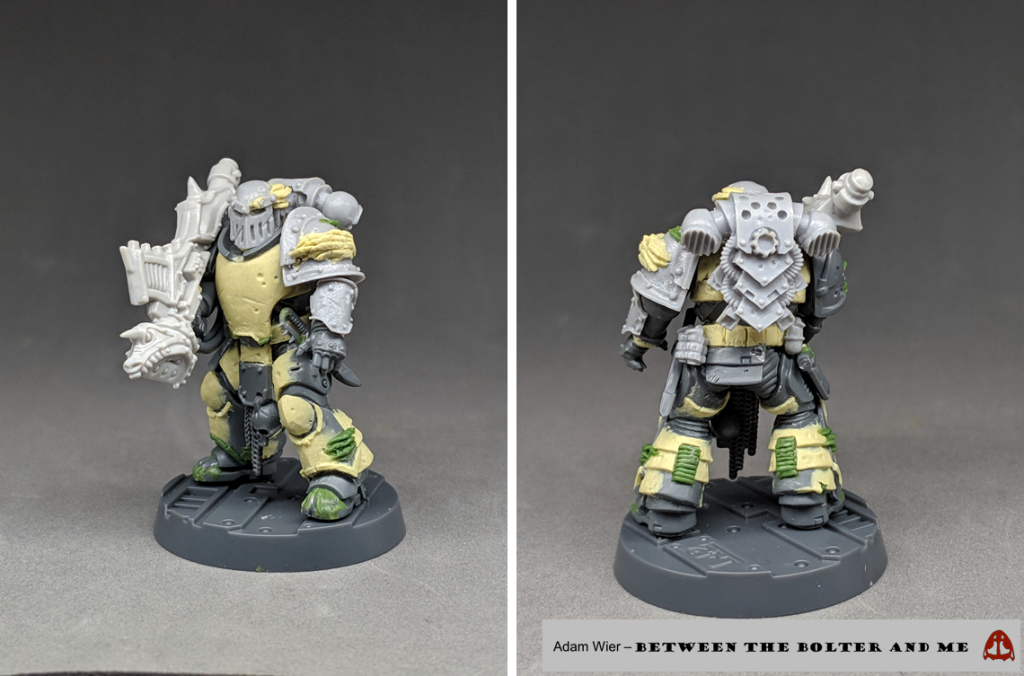Discover The Ultimate Showdown: Green Stuff Vs Milliput – Unleash Your Creative Genius Now!
Green Stuff vs Milliput: Choosing the Right Sculpting Material
Introduction
Welcome, Smart Peoples and Creative Peoples! In the world of sculpting and modeling, having the right materials can make a huge difference in the outcome of your projects. Two popular options that often come up in discussions are Green Stuff and Milliput. In this article, we will explore the characteristics, uses, advantages, and disadvantages of both materials, helping you make an informed decision for your next sculpting endeavor.
Before we dive into the details, let’s start with a brief overview of Green Stuff and Milliput. Green Stuff, also known as Kneadatite, is a two-part epoxy putty that is commonly used by hobbyists and miniature enthusiasts for sculpting, gap filling, and converting miniatures. On the other hand, Milliput is a versatile epoxy putty available in various colors, often used for sculpting, bonding, filling, and repairing different materials.
2 Picture Gallery: Discover The Ultimate Showdown: Green Stuff Vs Milliput – Unleash Your Creative Genius Now!


What is Green Stuff?
🌿 Green Stuff is a popular sculpting material among hobbyists and miniature enthusiasts. It consists of two components – blue and yellow putty – that, when mixed together in equal parts, create a pliable and adhesive material. The putty can be shaped and molded easily, allowing for intricate detailing in sculpting projects. Green Stuff is known for its smooth texture, which makes it ideal for creating fine details and seamless connections between different parts of a miniature.
💡 Who uses Green Stuff? Green Stuff is widely used by hobbyists, miniature painters, and sculptors in the tabletop gaming community. It is a favorite choice for creating custom miniatures, converting existing ones, and repairing small imperfections. Additionally, modelers in other fields, such as train enthusiasts and diorama builders, also find Green Stuff useful for their projects.

Image Source: blogspot.com
📅 When should you use Green Stuff? Green Stuff is particularly useful when you need to sculpt intricate details, fill gaps, or make conversions to existing miniatures. Its adhesive properties make it great for attaching parts securely. Whether you are looking to create a unique character for your tabletop game or fix a small flaw in a model, Green Stuff can come to your rescue.
🌍 Where can you find Green Stuff? Green Stuff is widely available in hobby stores, online retailers, and specialized miniature shops. Many manufacturers produce their own versions of Green Stuff, ensuring that you can easily find it wherever you are located.
⚖️ Why choose Green Stuff? One of the main advantages of Green Stuff is its ability to blend seamlessly with other materials, such as plastic, metal, or resin. This characteristic allows for smooth transitions and invisible repairs. Additionally, its workability and adhesive properties make it a versatile and reliable sculpting material.
🔧 How to use Green Stuff? To use Green Stuff, you need to mix equal parts of the blue and yellow putty components until they form a uniform green color. Once mixed, the putty has a working time of approximately 1-2 hours, depending on the temperature and humidity. During this time, you can sculpt, shape, and mold the putty as needed. After curing, which takes around 24 hours, Green Stuff becomes hard and can be sanded, painted, or further detailed.
What is Milliput?

Image Source: blogspot.com
🧱 Milliput is another popular sculpting material that offers versatility and durability. It is available in different colors, including white, yellow, silver-grey, and black. Milliput consists of two components – resin and hardener – that, when mixed together, create a putty that can be sculpted and shaped to fit various needs. The material hardens over time, providing a strong and resilient finish.
💡 Who uses Milliput? Milliput is a favorite among modelers, sculptors, and artists working with different mediums. It is commonly used in areas such as model making, jewelry crafting, and even in industrial applications. Model railroad enthusiasts, diorama builders, and professional sculptors often rely on Milliput for its versatility and reliability.
📅 When should you use Milliput? Milliput is a great choice when you need a sturdy and durable sculpting material. It works well for creating solid structures, filling gaps, and repairing various materials. Whether you want to make custom jewelry, sculpt a realistic landscape for a diorama, or fix a broken ceramic piece, Milliput can handle the job.
🌍 Where can you find Milliput? Milliput is widely available in hobby stores, specialized retailers, and online platforms. It is recognized worldwide for its quality and can be easily obtained, regardless of your location.
⚖️ Why choose Milliput? One of the main advantages of Milliput is its strength and durability once cured. The hardened material can be sanded, drilled, carved, and painted, providing endless possibilities for finishing touches. Additionally, Milliput adheres well to various materials, including wood, metal, ceramics, and plastics, making it a versatile choice for different projects.
🔧 How to use Milliput? To use Milliput, you need to mix equal parts of the resin and hardener components. The working time varies depending on the chosen variant and environmental conditions, so it’s essential to read the instructions provided with the specific Milliput product you are using. During the working time, you can sculpt, shape, and mold the putty as desired. Once cured, Milliput becomes hard and ready for further finishing.
Pros and Cons
✅ Green Stuff:
– Excellent for sculpting fine details.
– Blends seamlessly with other materials.
– Adhesive properties for secure attachments.
– Versatile for conversions and repairs.
– Smooth texture for a professional finish.
❌ Green Stuff:
– Limited working time.
– Requires proper mixing for optimal results.
– Can be more expensive compared to other alternatives.
✅ Milliput:
– Durable and strong once cured.
– Adheres well to various materials.
– Versatile for different projects.
– Available in various colors for customization.
– Can be sanded, drilled, and carved after curing.
❌ Milliput:
– Longer curing time compared to some alternatives.
– Mixing process requires precision.
– Can be challenging to achieve smooth finishes.
Frequently Asked Questions (FAQ)
1. 🤔 Is Green Stuff suitable for beginners?
Answer: Absolutely! Green Stuff is user-friendly and forgiving, making it a great choice for beginners in sculpting and modeling.
2. 🤔 Can Milliput be used outdoors?
Answer: Yes, Milliput is water-resistant and can withstand outdoor conditions once cured. It is suitable for projects that will be exposed to the elements.
3. 🤔 Can Green Stuff and Milliput be used together?
Answer: Yes, Green Stuff and Milliput can be used together in projects that require multiple materials. Their compatibility allows for seamless integration.
4. 🤔 Is Milliput toxic?
Answer: When used as directed, Milliput is non-toxic. However, it is essential to follow safety precautions and avoid ingestion or prolonged skin contact.
5. 🤔 Can Green Stuff and Milliput be painted over?
Answer: Yes, both Green Stuff and Milliput can be painted over once cured. They provide a suitable surface for various painting techniques and mediums.
Conclusion
In the battle of Green Stuff vs. Milliput, the right choice ultimately depends on your specific sculpting needs and preferences. Green Stuff excels in creating intricate details and seamless connections, making it a favorite among miniature enthusiasts. On the other hand, Milliput’s strength and versatility make it an excellent option for durable structures and repairs.
Consider the pros and cons of each material, evaluate your project requirements, and make an informed decision. Whichever you choose, both Green Stuff and Milliput offer endless possibilities for bringing your artistic vision to life. Happy sculpting!
Final Remarks
🛑 Disclaimer: The information provided in this article is for educational and informational purposes only. The choice of sculpting material is subjective and may vary based on individual preferences and project requirements. Always follow the instructions provided by the manufacturers and take necessary safety precautions when working with any sculpting material.
This post topic: Stuff



